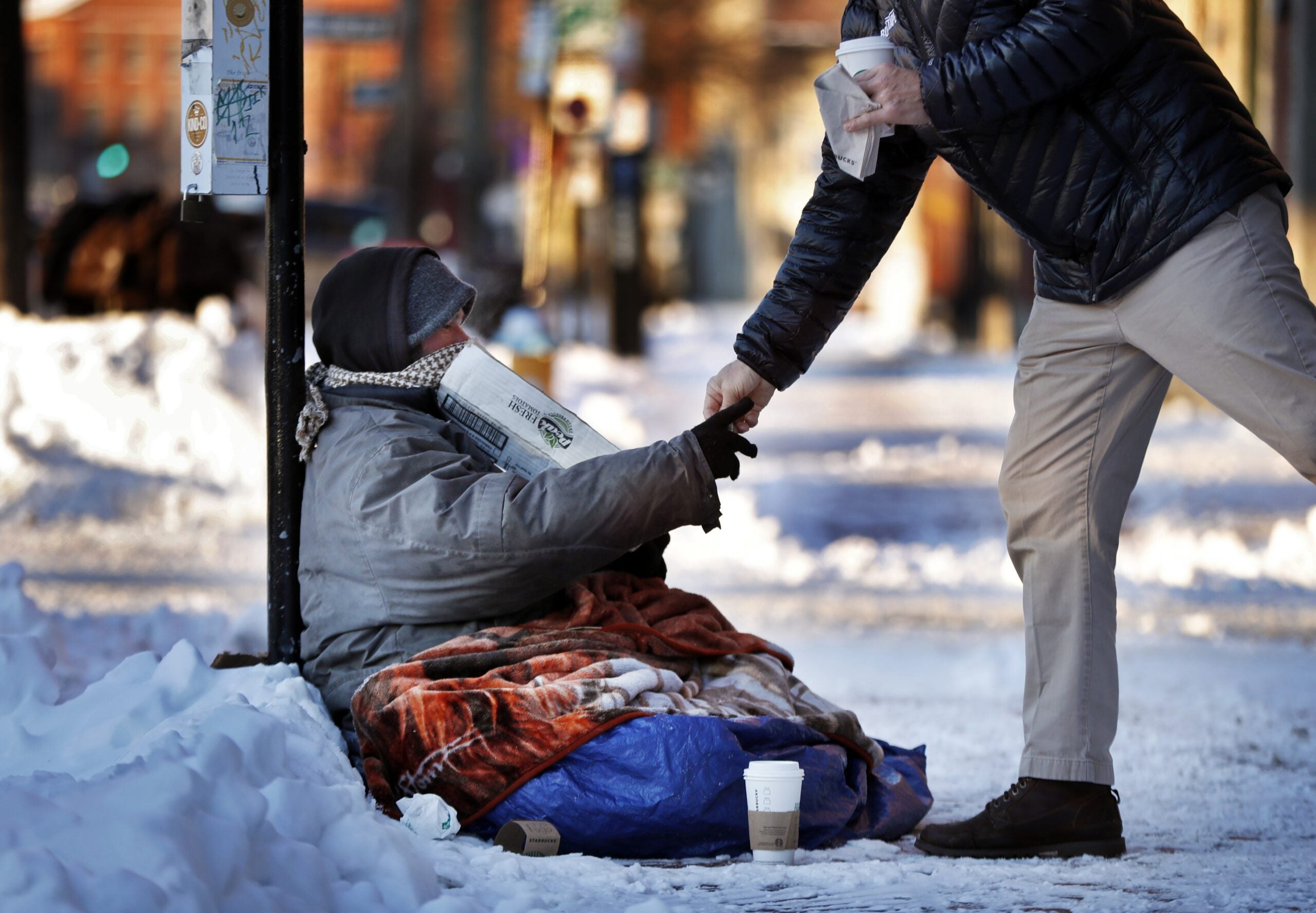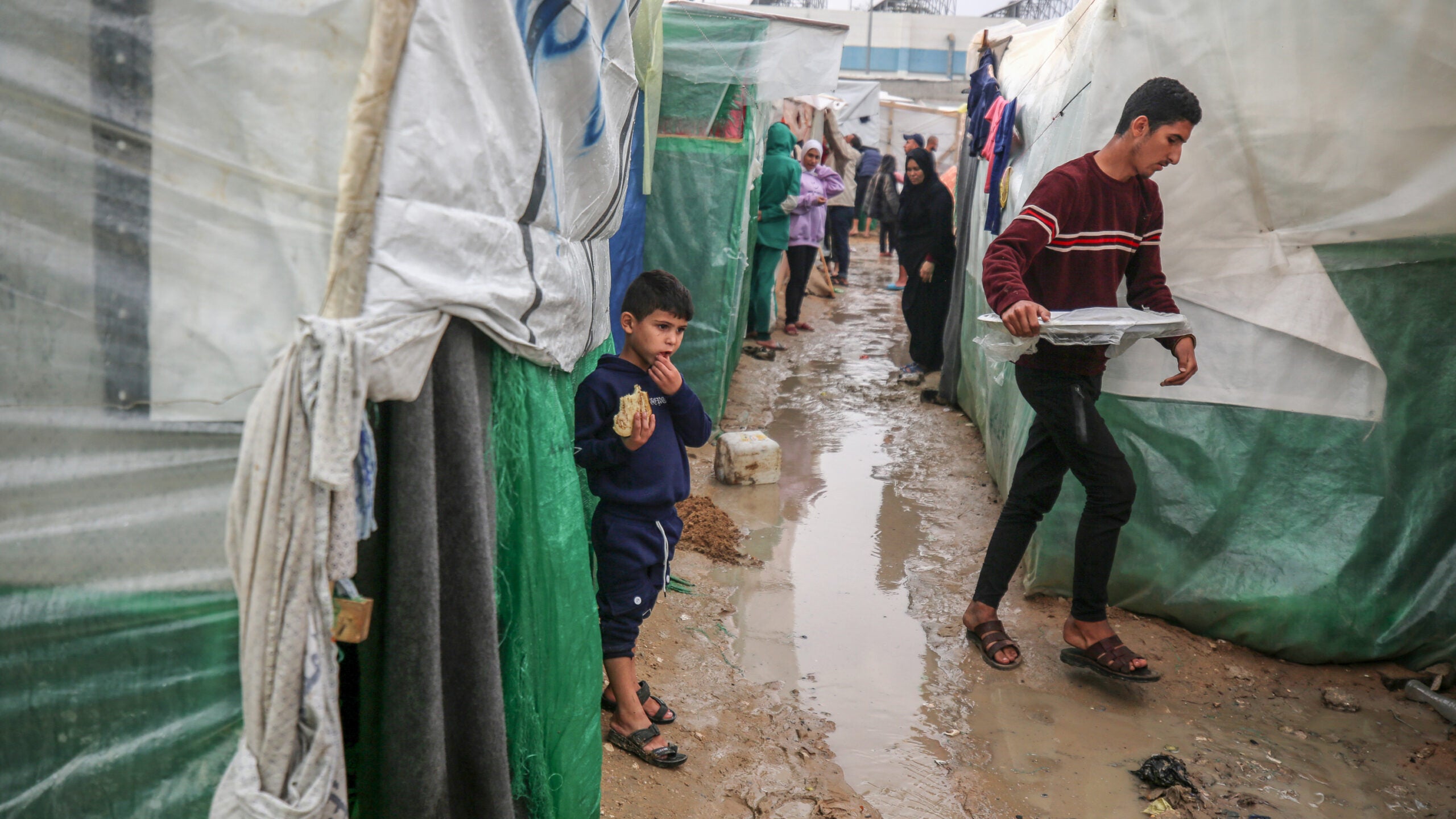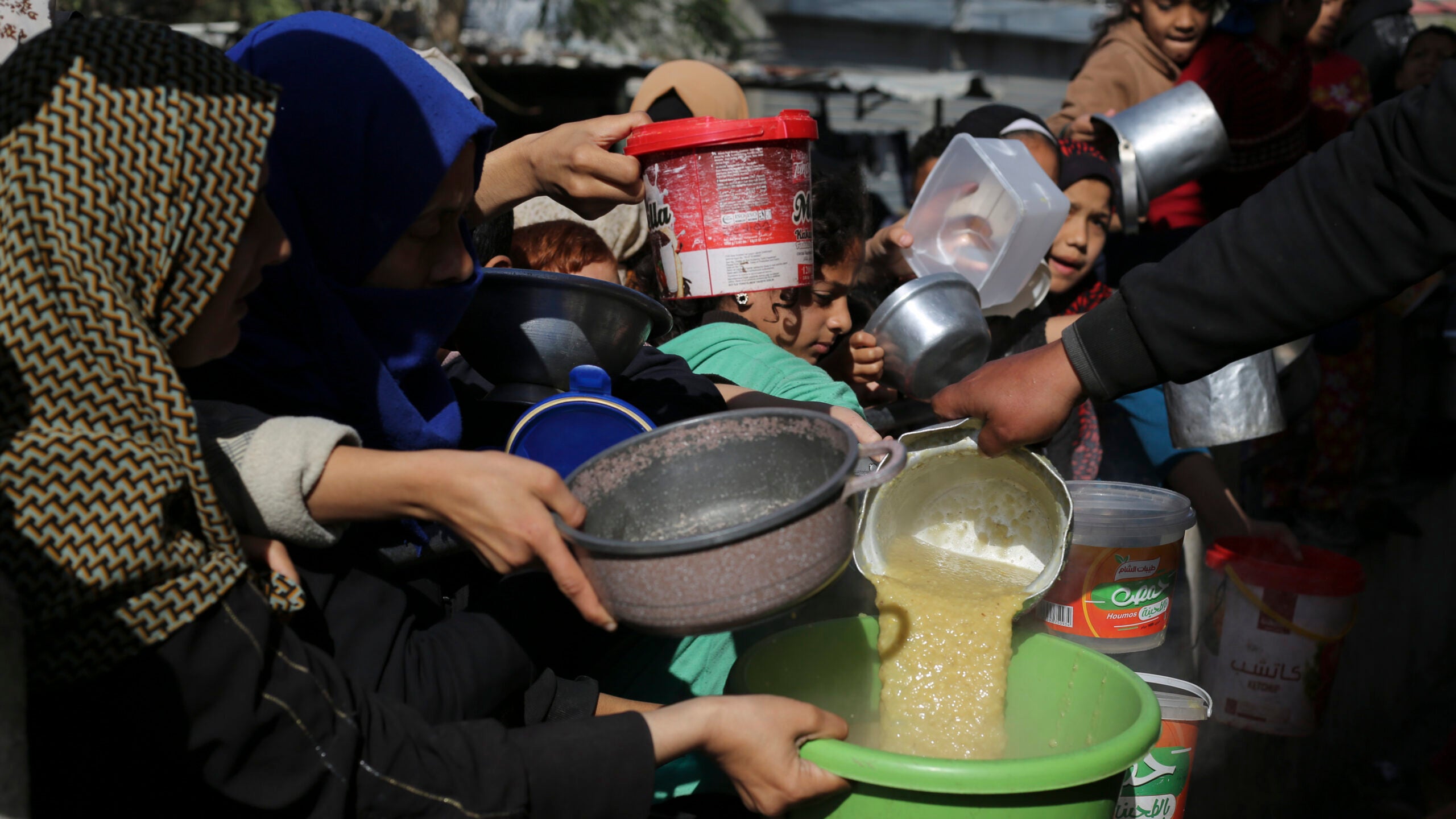Last winter’s mild temperatures has lead to somewhat of a population explosion among cats. Shelters around the state are taking in more cats than usual.
Archie is a grey, short-haired cat, and he’s just one of the 60 to 100 cats the Coulee Region Humane Society will see on any given day. But Development and Marketing Coordinator Liz Meil says they’ve seen even more cats this year.
“The mild winter that we had and the mild spring that we had last year caused us to see many more litters coming in so we’ve had quite a few kittens coming in,” she says.
Stay informed on the latest news
Sign up for WPR’s email newsletter.
In turn, that’s caused a higher need for kitten food and more litter, and of course, finding families to adopt the cats.
Dr. Maria Verbrugge is a clinical instructor at the UW-Madison School of Veterinary Medicine. She says in a mild winter, you will see more kittens because the elements aren’t as stressful or harmful on the mom and her kittens.
“They definitely have higher kitten survival, they might have higher numbers in their litters, and they may even manage to get in more litters per cat on average when it’s more mild,” she says.
Verbrugge says a cat’s breeding cycle is based on the length of day, not temperature, and generally picks up at the end of January.
Cat populations vary by region and whether an area is rural or urban. For example, the Wisconsin Humane Society in Milwaukee had a lot of cats in its shelter two years ago and not as many this year.
Wisconsin Public Radio, © Copyright 2024, Board of Regents of the University of Wisconsin System and Wisconsin Educational Communications Board.





